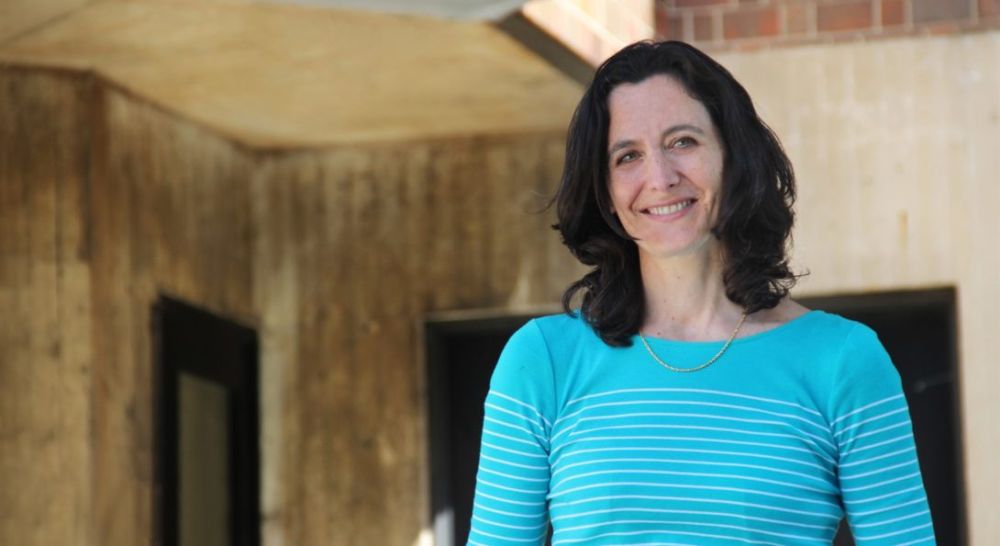STRIVING FOR A SMALLER HYDROLOGIC FOOTPRINT: “I wanted to come up with answers to two questions: How much green infrastructure do we need, and where should it be located?” stated Moira Zellner, University of Illinois
Note to Reader:
Moira Zellner is an associate professor in the Department of Urban Planning and Policy at the University of Illinois at Chicago (UIC).
In her position at UIC, she has served as primary investigator and co-investigator for multi-disciplinary projects studying how specific policy, technological, and behavioral changes can effectively address a range of complex social and environmental problems, where interaction effects make responsibilities and burdens unclear.
Her research also examines the value of complexity-based modeling for participatory policy exploration and social learning with stakeholders. Moira teaches a variety of workshops on complexity-based modeling of socio-ecological systems, for training of both scientists and decision-makers.
In April 2019, traveled to Massachusetts to give talks at Tufts University and University of Massachusetts Amherst.

How Effective is Green Infrastructure for Stormwater Management?
The lecture “How Effective is Green Infrastructure for Stormwater Management?” at the University of Massachusetts Amherst focused on specific policies and legislation for promoting sustainable landscape practices. She examined how what factors and processes need to be taken into consideration for future legislation promoting sustainable landscape practices, such as green roofs and rain gardens. Also, she explained how specific policy, technological and behavioral factors influence the emergence and impacts of a range of complex environmental problems.
Zellner’s presentation for the Tufts Environmental Studies Program focused on participatory modeling for environmental planning. She discussed how the use of visualization tools in collaborative water planning efforts allow people who are planning for future water sustainability to see the hidden aspects of land- and water-use decisions on water supply and flooding, and how such visualization contributes to collective deliberation and innovation.
Two Questions
Discussing the design process, Moira Zellner said, “I wanted to come up with answers to two questions: How much green infrastructure do we need, and where should it be located?
“We built a model,” she continued. “A computational cellular model of integrating land cover with hydrology…and when we built this model, we tried to answer those two questions with it.”
“For small storms, we need about 10 percent coverage of green infrastructure to prevent runoff from going downstream.
“The locations [of green infrastructure] which are more scattered but also follow roads are particularly good. Roads are built to convey water, and if we put [these green infrastructures] around the roads, then what it does is it enhances a function of the road as a way to store and convey and drain water toward the sewers,” Zellner said.
To Learn More:
To read the complete story about the lecture by Moira Zellner at the University of Massachusetts Amherst, download a copy of How Effective is Green Infrastructure for Stormwater Management?
Watch the video to learn how Moira Zellner, associate professor of urban planning at the University of Illinois at Chicago, became interested in planning.

